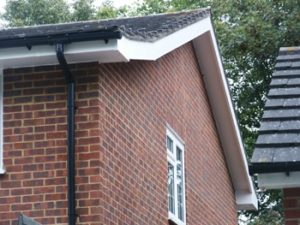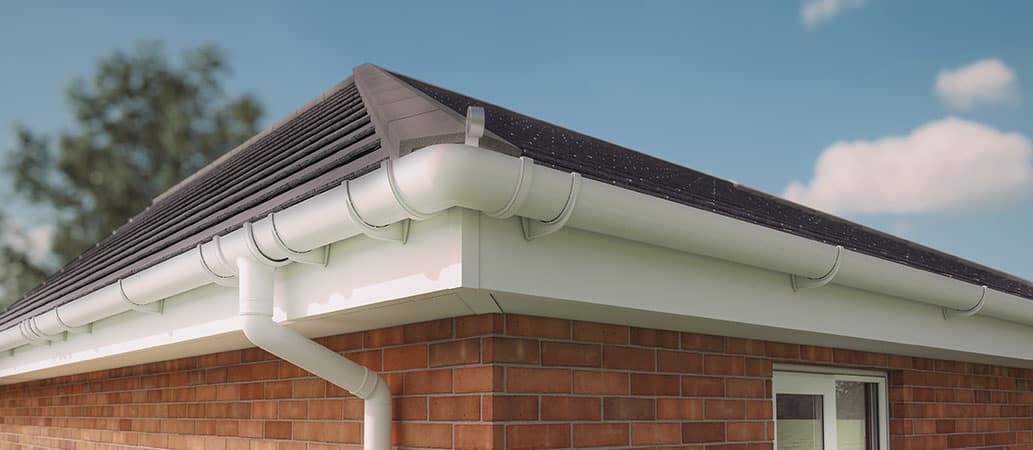5 Killer Quora Answers On Fascia Installation Near Me 2025.03.31 조회4회
 fascia installation near me (simply click the up coming internet page)
fascia installation near me (simply click the up coming internet page) soffit and fascia contractors near me and fascia boards can help safeguard your home from moisture damage and pests, among other things. They also enhance the curb appeal of your house.
soffit and fascia contractors near me and fascia boards can help safeguard your home from moisture damage and pests, among other things. They also enhance the curb appeal of your house.Based on your preference You can choose between vinyl, wood or aluminum. This article will help you choose the most suitable option for your needs, by looking at the benefits of each.
Material
The material used for the installation of fascia close to your home could be wood, polyvinylchloride (PVC) or aluminum. Different materials offer varying quality of durability and fascia installation near me aesthetics. For example, wooden fascia can be stained or painted to match the style of a home, but it requires regular maintenance to prevent rot and insect infestation. On the other the other hand, PVC fascia is more robust and resistant to water damage, Fascia Installation Near Me and insects. It is also available in a variety of colors and styles, making it an ideal choice for homeowners looking to bring modern style to their homes.
The kind of fascia you select must be based on your climate and local building codes. For instance, if your region is known for its rainy weather, you might require a fascia that is waterproof to protect the foundation of your house from water damage. In addition, you should review the building code of your area to ensure that the fascia has been rated for the wind speed and snow load of your roof.
To install your new fascia replacement specialists, start at the Gable end of your roof. Work up to the peak as far as the full panels can fit, then slide them into the channel and secure them by nailing them in the panel grooves. It is best to leave 1/8" between each board in order to avoid over-tightening. This gap allows for the boards to expand or contract without creating tension.
If you're planning on doing DIY fascia installation be sure to have enough time and the proper tools. You'll need a ladder in order to reach the roof, and you may require a helper to ensure safety. Use a ladder that has a solid base. This will reduce the risk of falling off and sustaining injuries. Wear a helmet while working on the step ladder.
If you're looking for an option that is more durable look into hiring a professional to do the job for you. They have the experience and expertise required to carry out a secure and high-quality installation. They can also offer warranties that cover future issues.
Cost
The fascia is an essential part of your roofline. It protects the rafters as well as enhancing the appearance of your home. It also acts as a barrier that protects your home from the elements and keeps water out. You should check the fascia frequently and repair any damage as soon as it is discovered to avoid costly issues down the road. A poorly maintained fascia soffit and guttering can cause leaks, rot, or an infestation of insects. If you spot these signs, then it's time to contact a professional for fascia installations.
The cost of the new or replacement fascia is determined by a variety of factors, including the type and material used and the size of your home. A larger house will require more materials than a smaller house, so the cost will be more expensive. It will also cost more when your soffit has to be replaced in the same at the same time. You should also think about whether you'd prefer a water-proof or synthetic option which may be more expensive, but will last longer.
Fascia board materials are available in a variety of styles and colors. You can pick between wood, vinyl, and aluminum. Aluminum is a fantastic choice due to its resistance to rot and insects. However, it is pricier than wood or vinyl. Wood is a traditional choice, but it is susceptible to rotting. It also requires regular painting. Fiber cement and composite fascia provide an alternative to wood. They are not as susceptible to insects or rot.
Some fascia boards can be pre-formed to fit the exact dimensions and shape of a building. This helps to reduce waste and increases precision. Some are bent on-site using trim coils, which could be more vulnerable to human error and result in imperfections or gaps. Pre-formed boards may be up to 30% cheaper than boards that are bent on-site, depending on the type of fascia and its condition.
Check the license and insurance status of any contractor you choose to install fascias. It is also important to know what type of training and experience they have in addition to their track record and references. Also, inquire about the various types of fascia they have installed in the past.
Style
The fascia is a tiny part of your roof which serves multiple purposes. It shields your home from damage caused by moisture by directing rainwater away from eaves. It can also keep rodents and pests out. Moreover, it can improve the appearance of your home by giving it a polished and clean look. Updating the fascia can increase the value of your home, and also assist in reducing energy costs. However, it's best to hire a professional to complete the task to ensure it's done correctly.
You can pick from various materials for your fascia board such as vinyl, wood, and aluminum. Each type of material has its own advantages and disadvantages. Certain materials are more affordable than other, but what matters most is how well they withstand the elements of the weather. You can also choose to paint your fascia boards for an even more attractive appearance.
Before beginning the process of installing your fascia boards, be sure you're comfortable working on a ladder. It's recommended to wear eye protection, like safety glasses or goggles. This will protect your eyes in the event that the nailer misfires. This precaution is also recommended because a ladder could slide over during rainy or windy days.
The first step in the installation process is to measure the length of the soffit and fascia boards. This will give you an idea of the length to cut the board. It is recommended to start with the longest boards first, so that you have enough time to rectify any errors. You can also drill pre-drilled holes prior to installing the boards.
Once you've finished measuring and preparing, it's time to begin cutting the fascia boards. It's a good idea wear safety glasses while sawing and using an appropriate blade for wood. It's important not to cut too close to the edge of the shingle as this can cause water to leak beneath the shingles.
After cutting the boards, you are able to install them using fasteners. Make sure you purchase fasteners that match the color of your fascia boards to ensure a uniform appearance. If needed, you may also choose screw plugs that will conceal the screws.
Installation
Fascia is an under-roofing structure that shields your home from damage and pests. It also holds tiles or shingles solidly in place and blocks moisture from penetrating into the wood rafters. It also can improve the appearance of a home and enhance its curb appeal. It is made from a variety of different materials like aluminum and wood. The type of fascia that you choose should match your home's style. For instance modern homes usually have wider fascia boards, while Craftsman-style homes may have a narrower one.
The cost of constructing or replacing a fascia board can vary in terms of material and style. A typical project costs $5 to $12 per linear foot. This includes labor, equipment costs, and material. Homeowners can save money by hiring a professional to do the job. This will ensure that the job is done correctly and that any issues are addressed as soon as possible.
Measure the length of the roof before you begin installing the roof to determine the amount of fascia you will need. You can buy the necessary materials from the hardware store or a lumber yard. Cut the boards to the right length and then nail them in the correct position. It is important to use a level to make sure the boards are straight and it is recommended to wear safety glasses when working on a ladder.
The material you choose to use for your fascia will affect its durability maintenance, aesthetics and appearance. Wood fascia, for example is a very popular choice because it has a classic appearance and can withstand weather conditions. It's also fairly simple to install, and you can paint it in any color you want. Aluminum fascia is also a strong option that is resistant to corrosion and rust. It is more expensive than vinyl or wood.
Before installing the fascia, examine your local building codes to make sure that the structure is compliant with all rules. Some jurisdictions require structural facias that are based on the snow load or wind rating and the roof's depth eaves.
